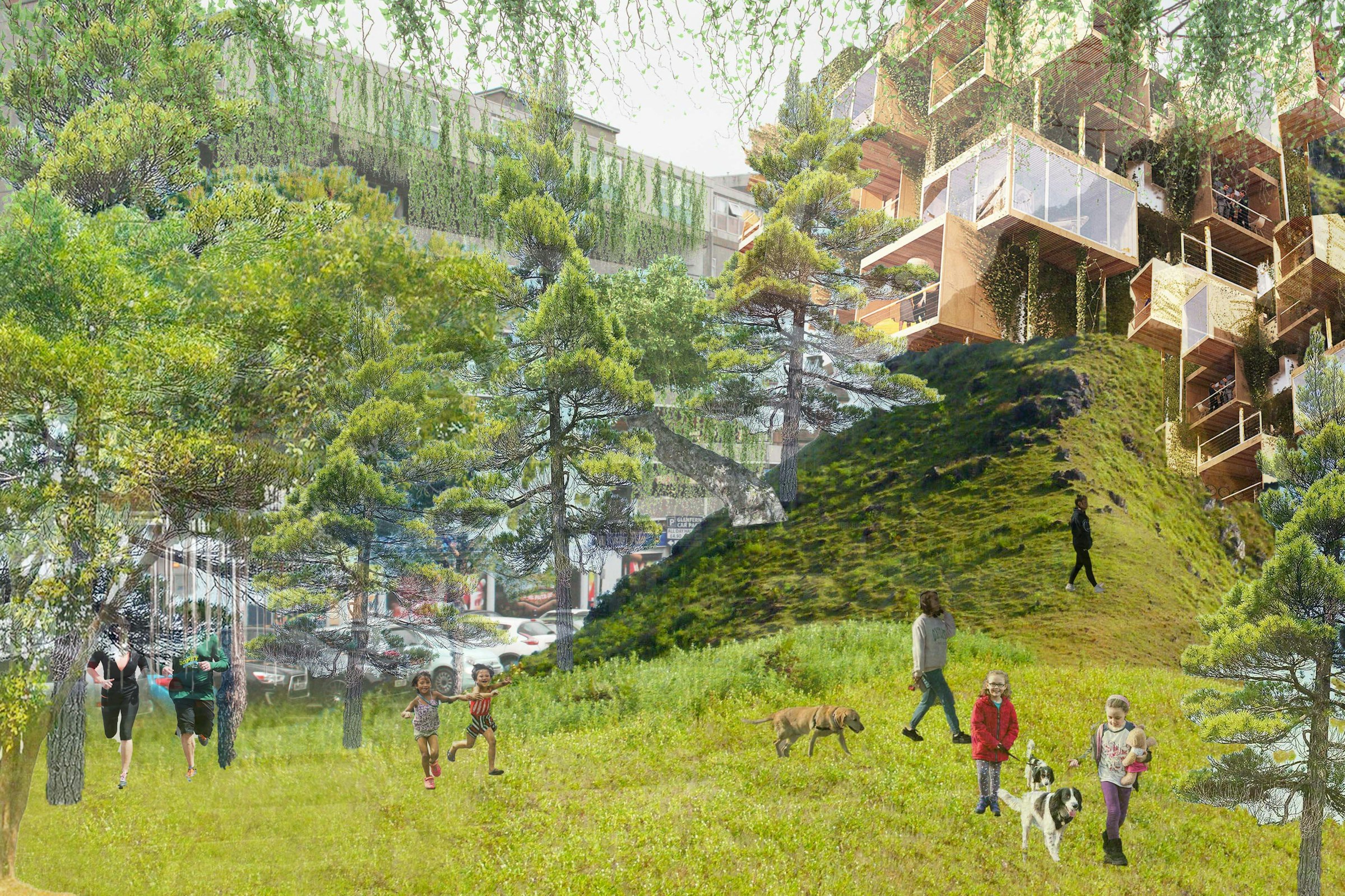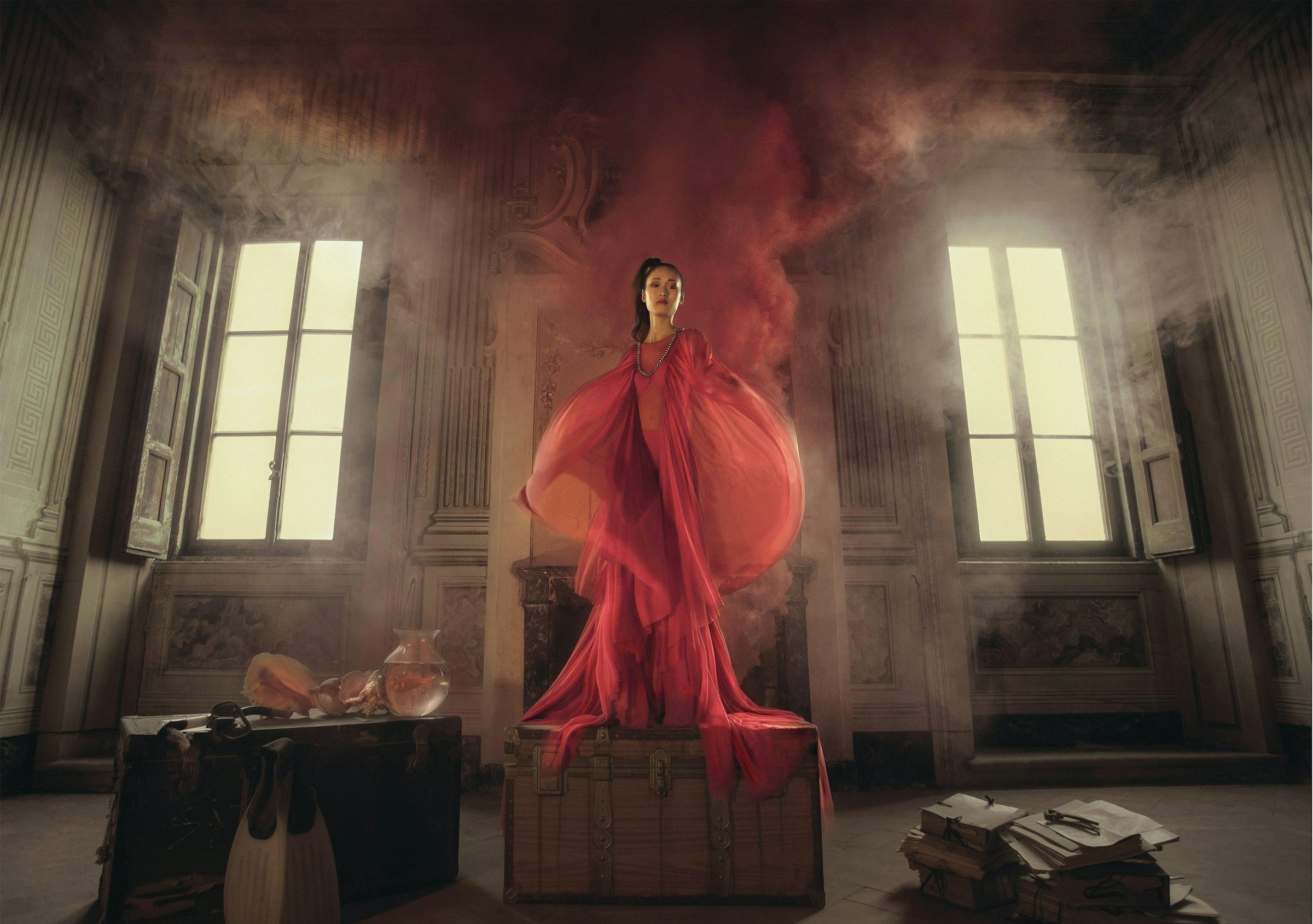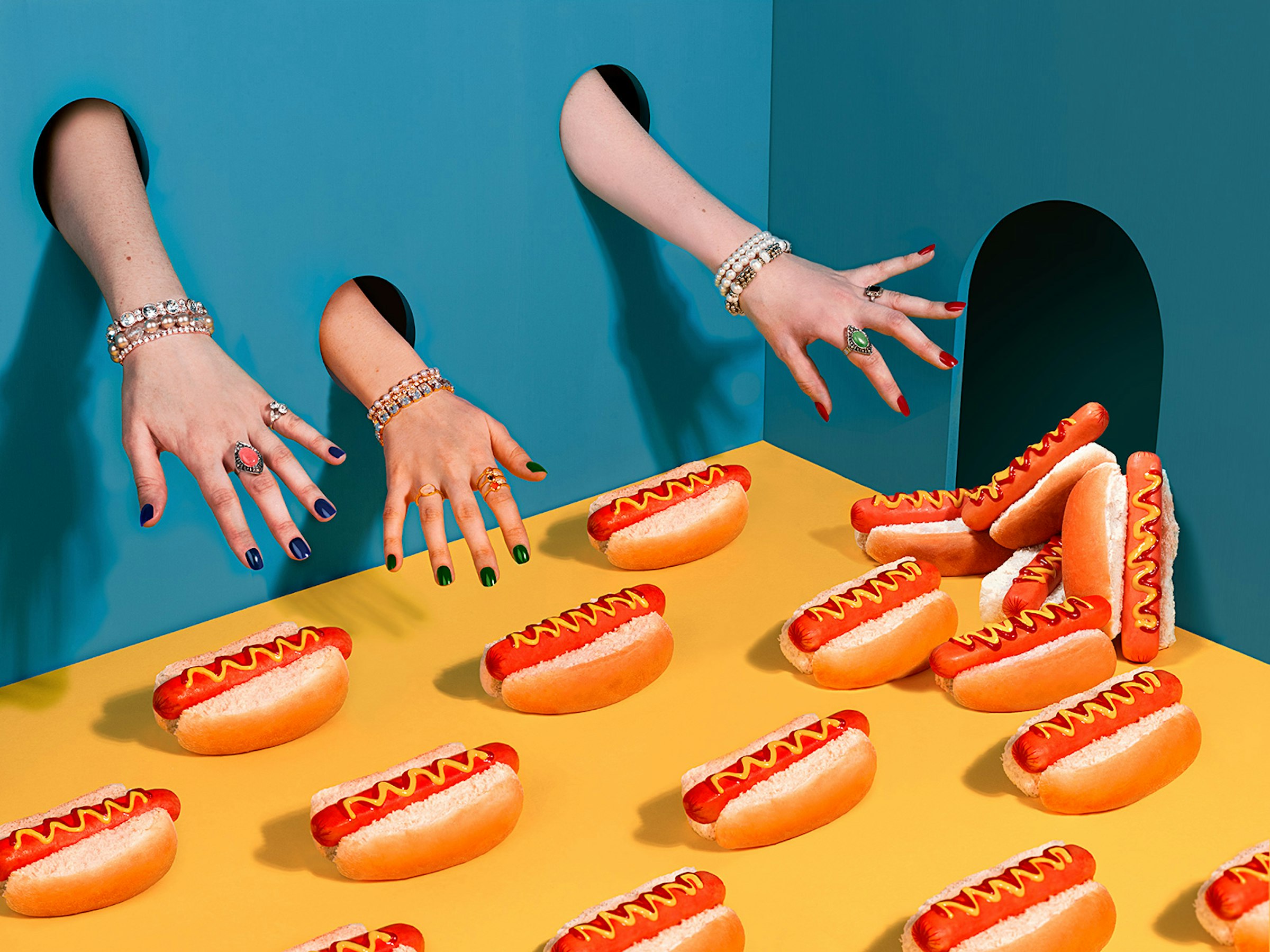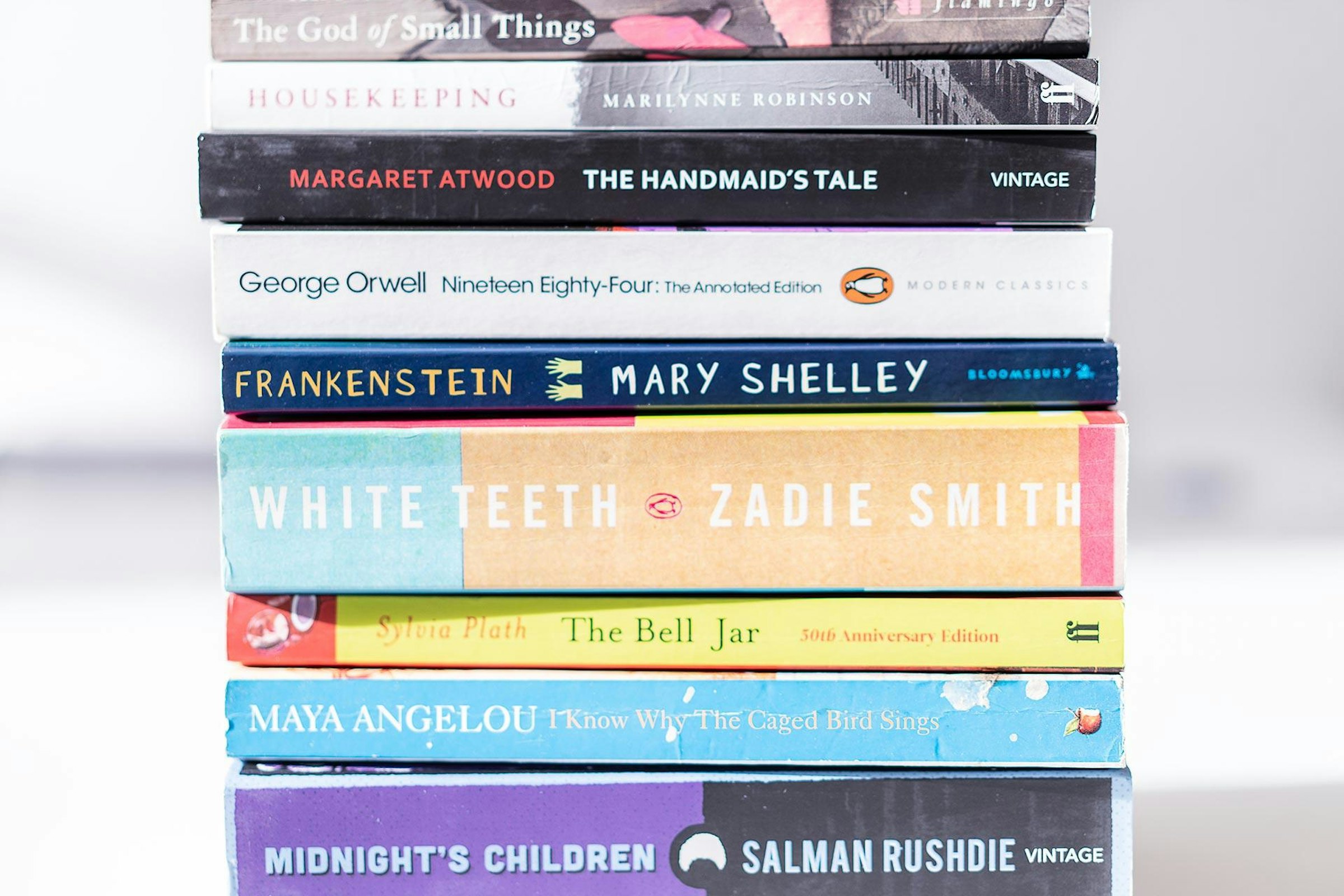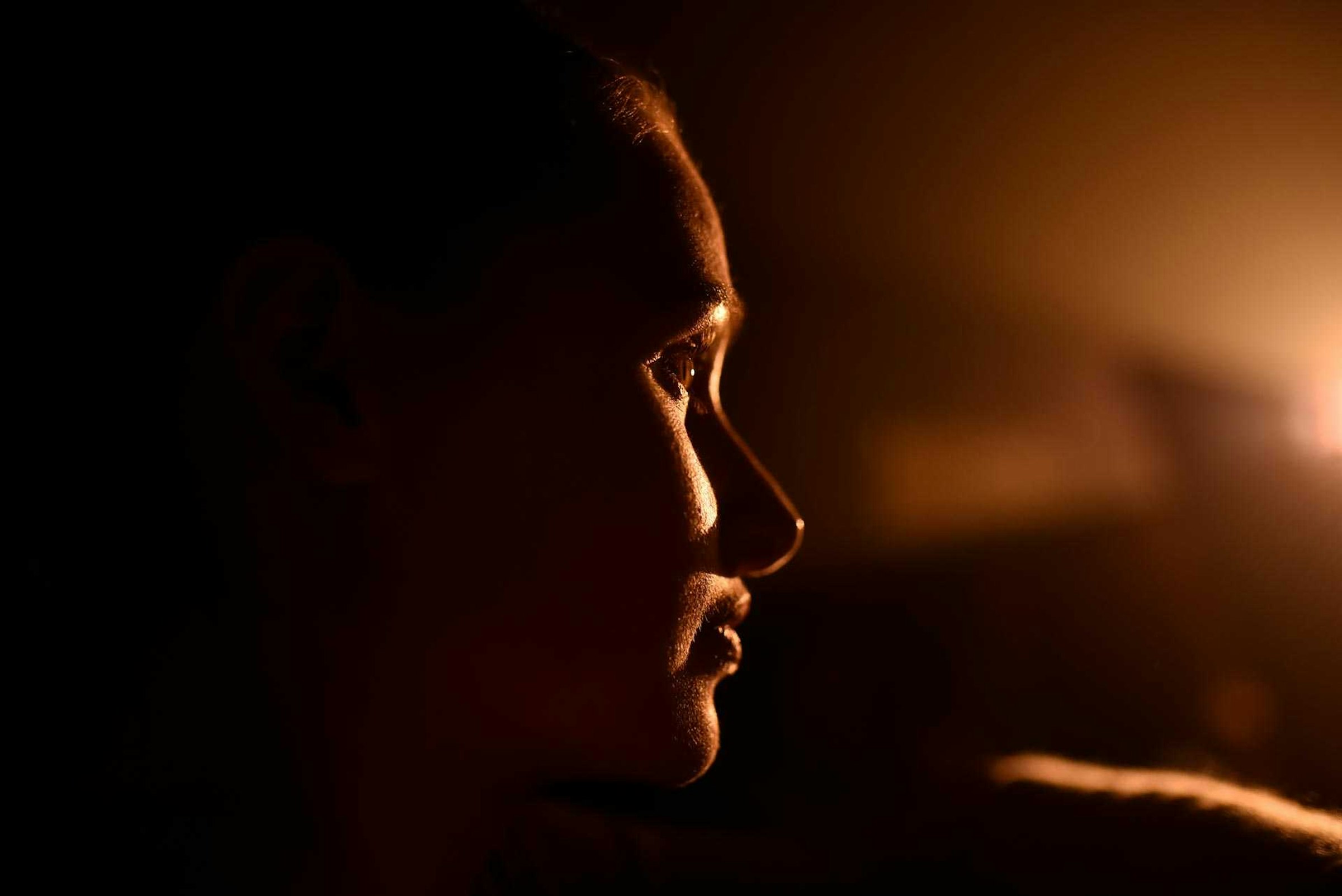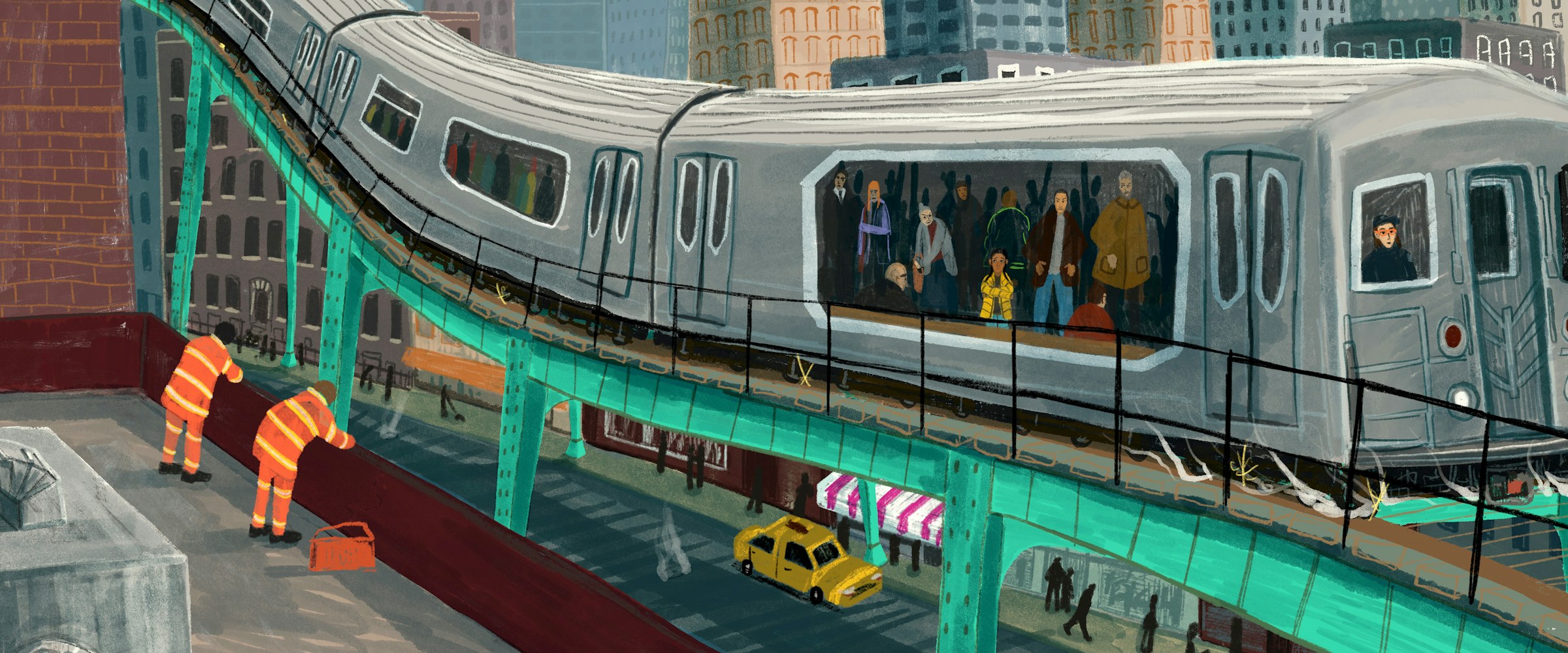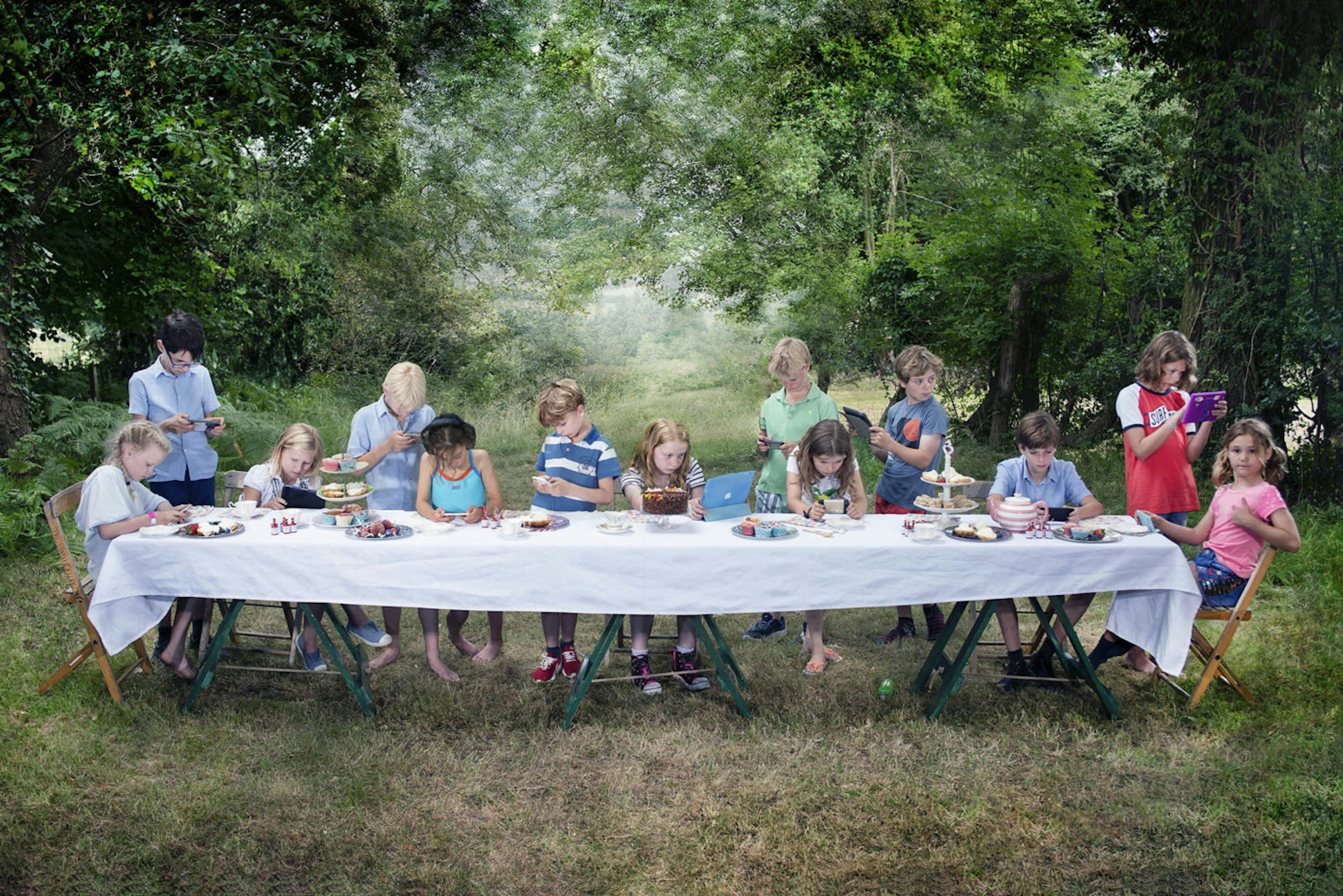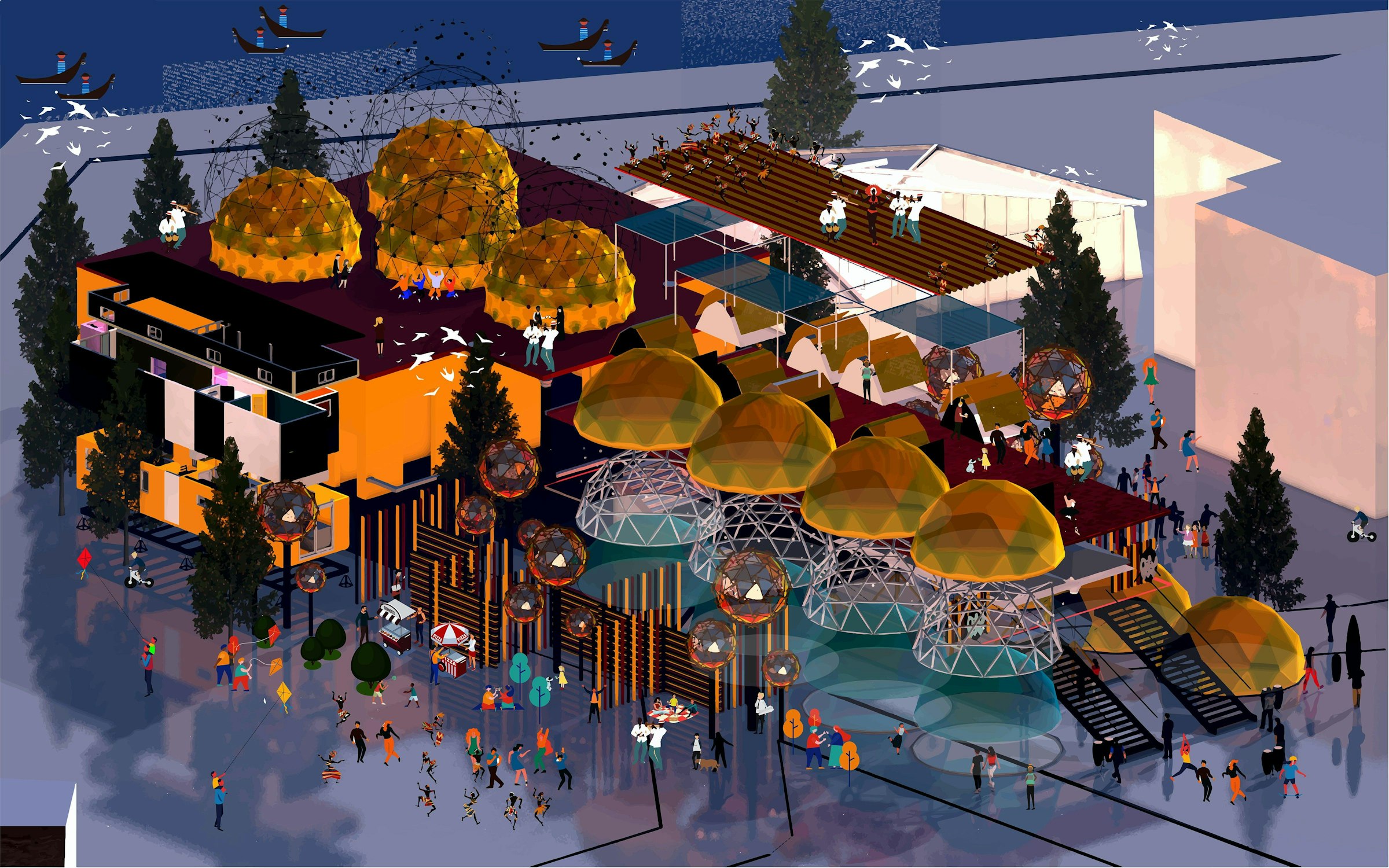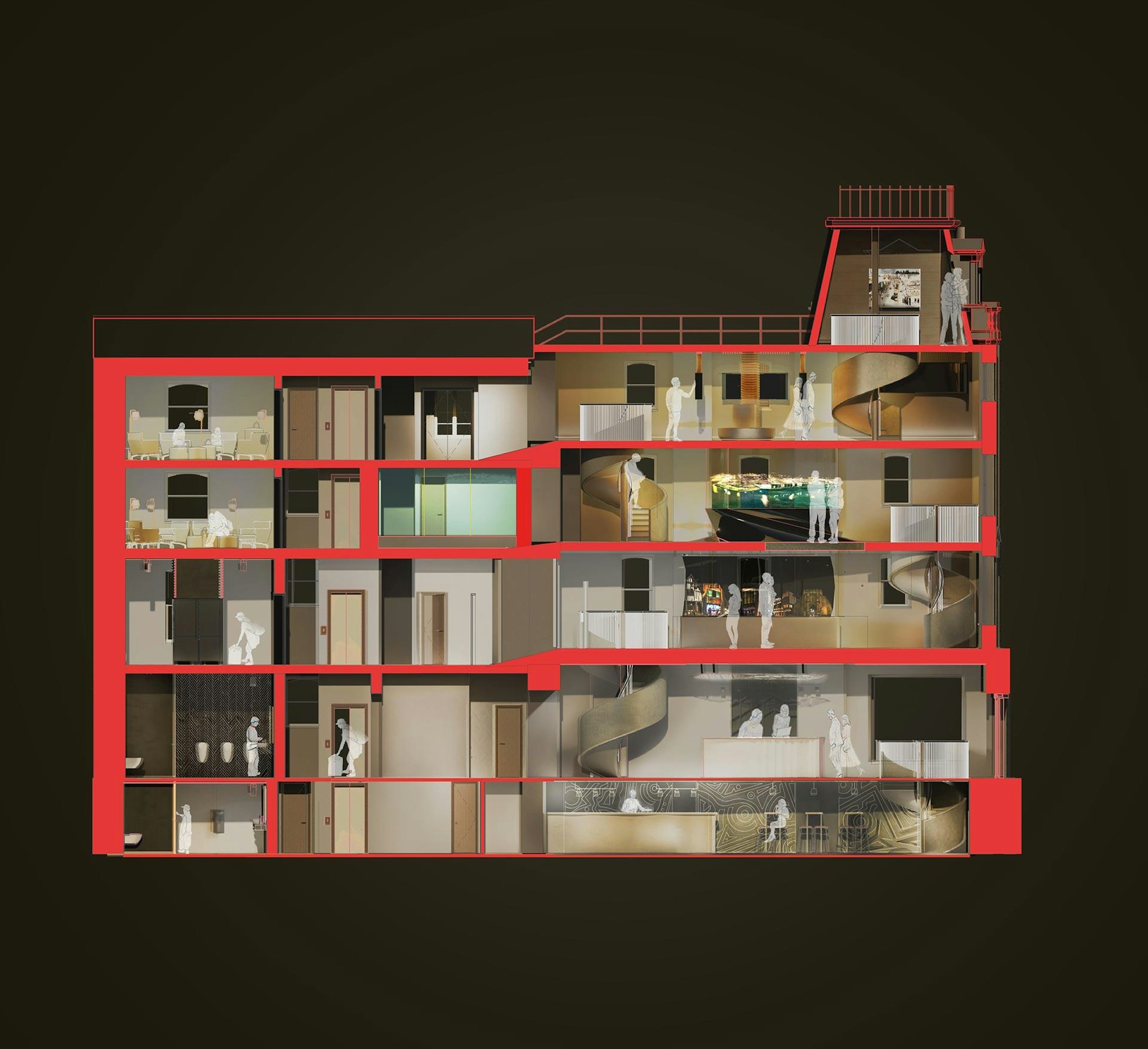You are using an outdated browser. Most of this website should still work, but after upgrading your browser it will look and perform better.
- Home
- Undergraduate Courses
- BA (Hons) Interior Architecture and Desi...
BA (Hons) Interior Architecture and Design
- Duration: 3 or 4 years full-time
- Placement year: Optional 1 year
- Course code: KW12 (UCAS)
- Institution code: A66 (UCAS)

Overview
BA (Hons) Interior Architecture and Design will help you to become a skilled designer, capable of understanding the spaces in which we live, work, rest and play from a four-dimensional perspective.
This includes factoring structure, context, atmosphere, environmental consideration, narrative, wellbeing, technology and human need to create multi-faceted spaces.

Understand interiors from a four-dimensional perspective.
BA (Hons) Interior Architecture and Design will help you to become a skilled designer, capable of understanding the spaces in which we live, work, rest and play.

Create multi-faceted spaces.
Explore structure, context, atmosphere, environmental consideration, narrative, wellbeing, technology and human needs.
Watch our videos
Find out from student Chloe as she explains what it's like to study BA (Hons) Interior Architecture and Design at AUB. Also, lecturer Jamie Yeates sits down with Ashleigh Boreham, Deputy Chief Officer of Strategy and Transformation at the NHS, to discuss the crucial role interior architecture and design play in enhancing health and wellbeing.
This content can't be displayed, please accept marketing, statistics cookies to view
Accept to viewThis content can't be displayed, please accept marketing, statistics cookies to view
Accept to viewCourse gallery
Looking for inspiration? Browse our gallery below and discover some of the projects that our students and alumni have worked on.
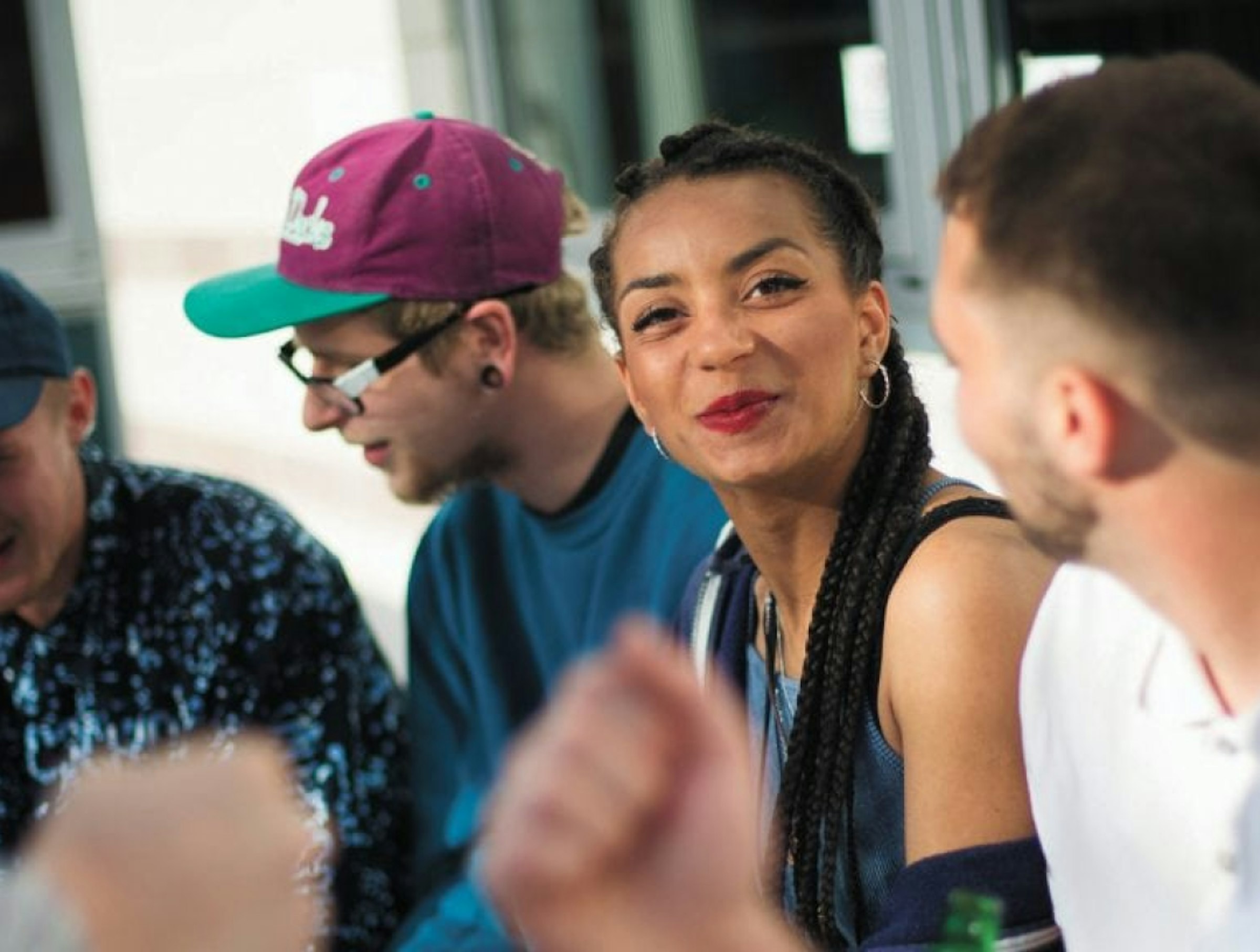
Chat to a student
Our student ambassadors are here to answer any questions you might have on university life, our courses and all things AUB.
Chat on Unibuddy


